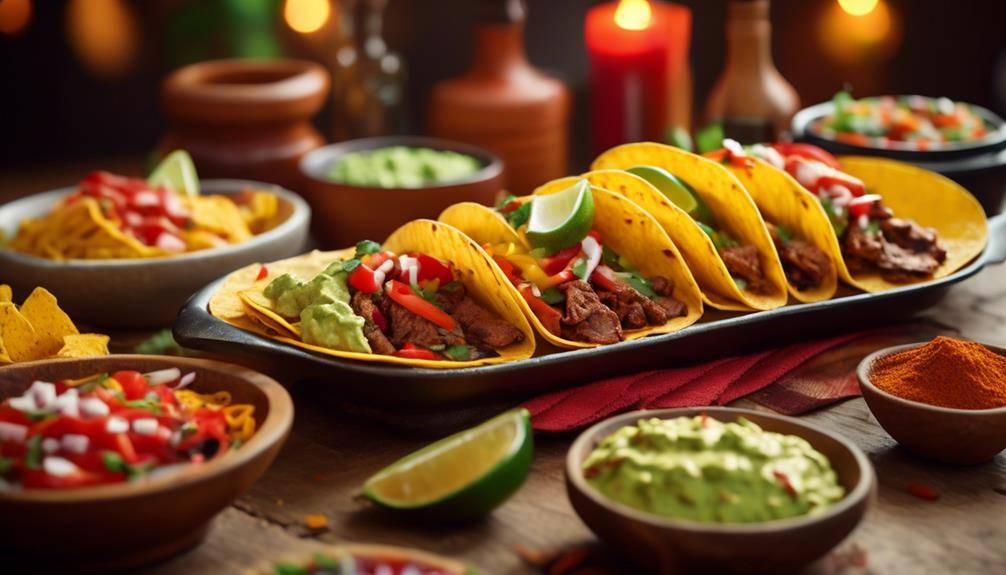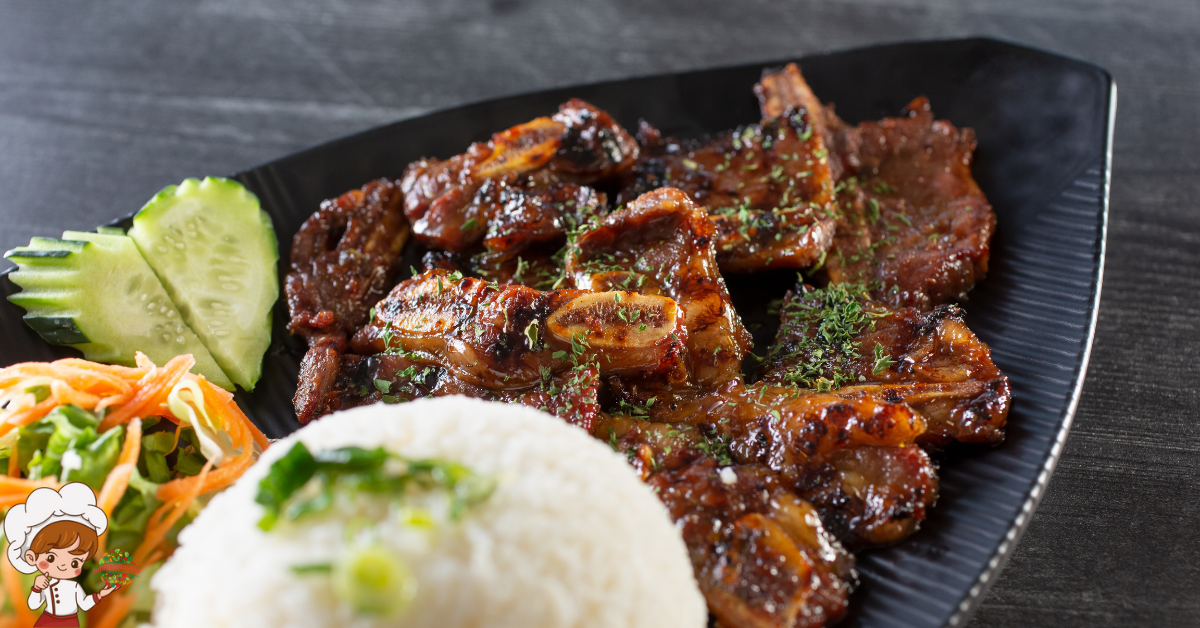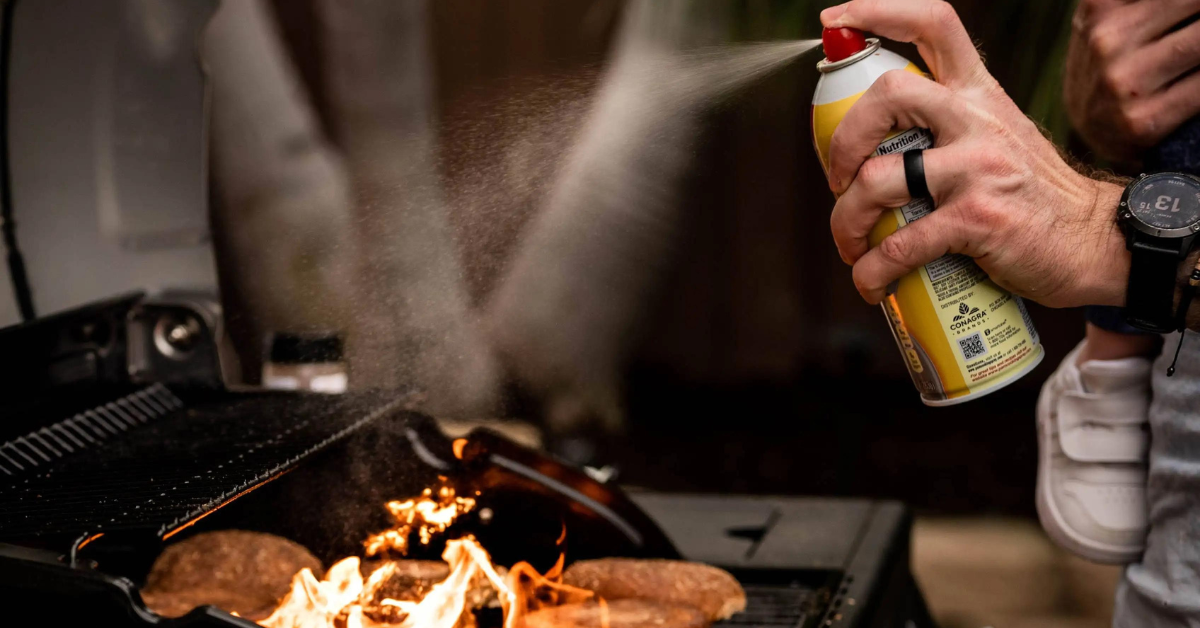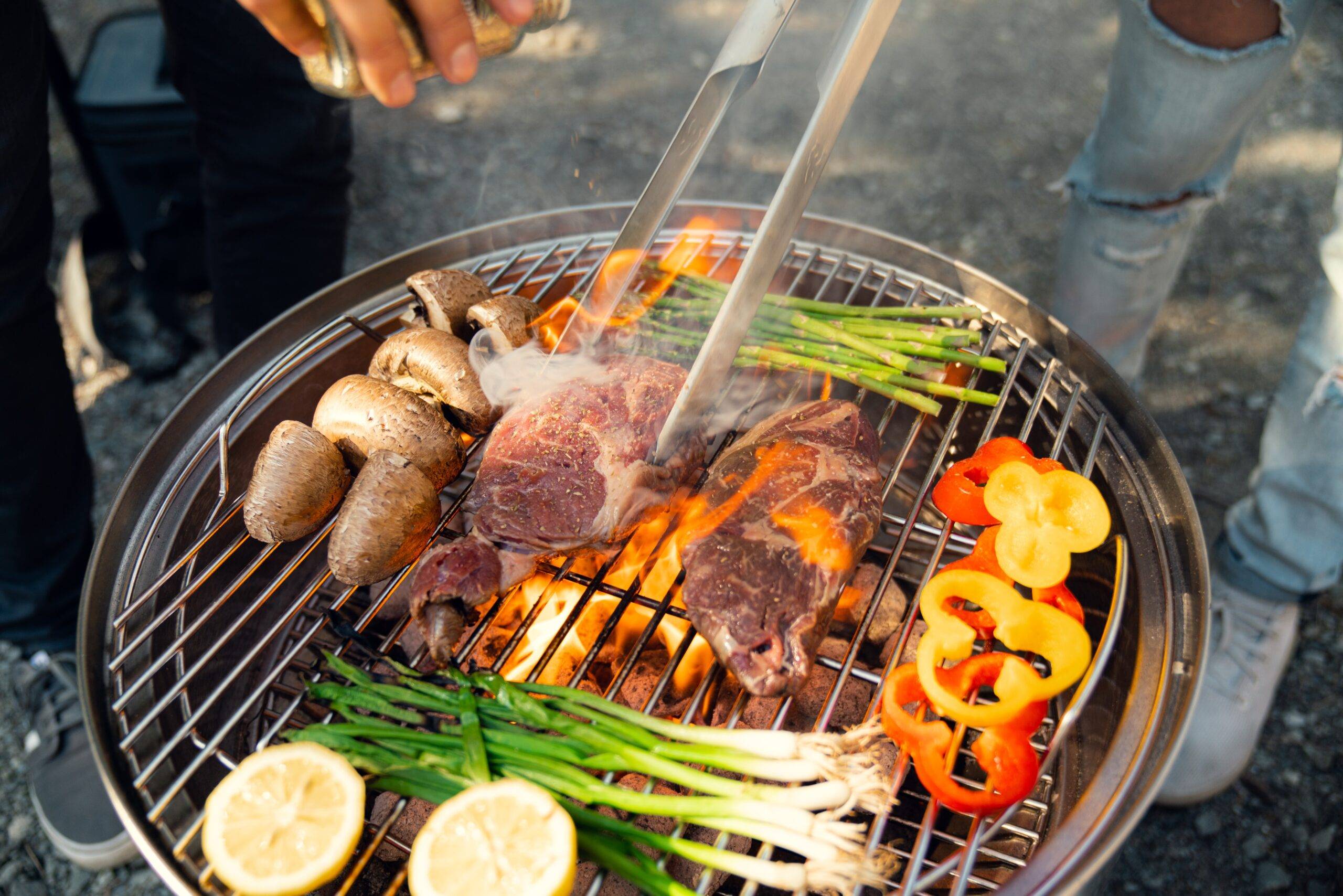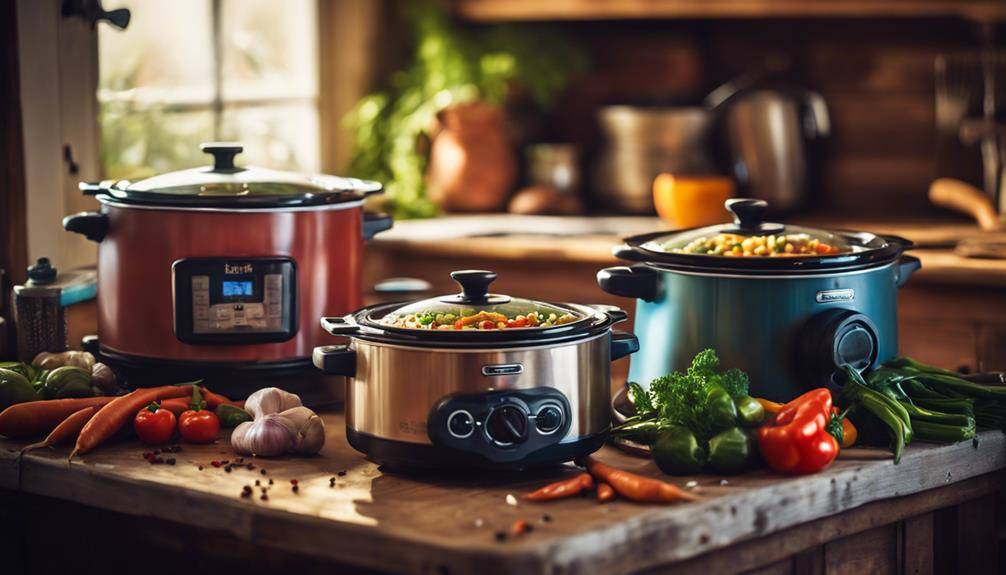The Best Baking Methods For Chewy Cookies
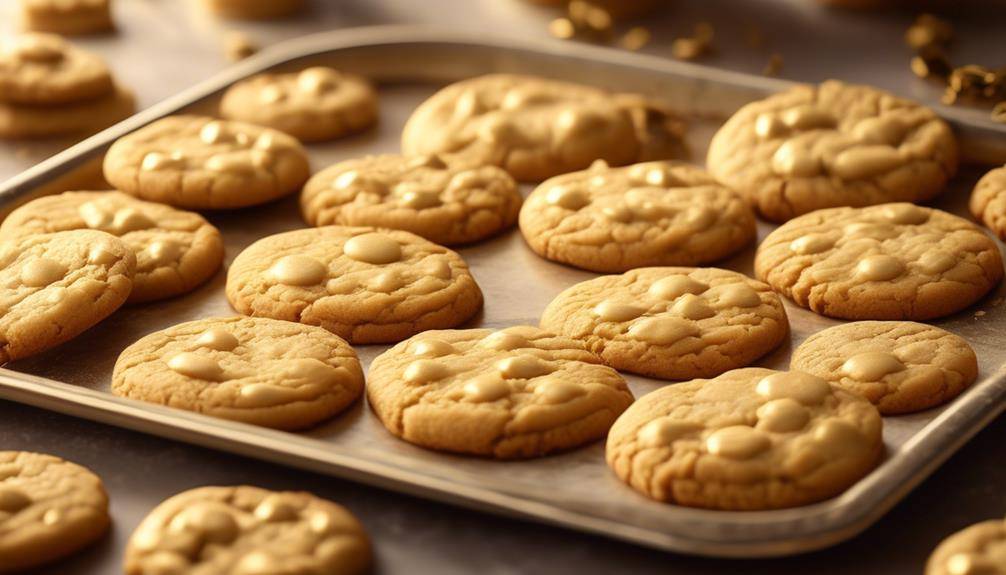
Ah, chewy cookies. The bane of your existence. You’ve tried all the tricks in the book, but those pesky cookies just won’t turn out the way you want them to. Well, fear not, dear reader, for we are here to save the day. In this discussion, we will uncover some baking methods that will transform your cookies from dry and crumbly to delightfully chewy. So buckle up and get ready to embark on a journey of cookie perfection.
Adjusting the Oven Temperature
To achieve perfectly chewy cookies, it is crucial to adjust the oven temperature accurately. The oven temperature plays a significant role in determining the texture of your cookies. If the temperature is too high, your cookies will bake too quickly and become crispy. On the other hand, if the temperature is too low, your cookies will spread too much and become flat and soft. Therefore, it is important to find the right balance.
One way to adjust the oven temperature is by using alternative baking methods. Instead of relying solely on the temperature indicated in the recipe, you can experiment with different techniques. For instance, you can try lowering the temperature by 25 degrees Fahrenheit and increasing the baking time slightly. This will allow the cookies to bake more slowly and evenly, resulting in a chewier texture.
Another way to adjust the oven temperature is by experimenting with different ingredients. For example, you can increase the amount of moisture in your cookie dough by adding an extra egg yolk or a tablespoon of milk. This will help keep the cookies moist and chewy even if they are baked at a slightly higher temperature.
Using the Creaming Method
If you want to achieve perfectly chewy cookies, one effective technique to consider is using the creaming method. The creaming technique offers several benefits that contribute to the desired texture and taste of chewy cookies. When using the creaming method, you start by beating together softened butter and sugar until light and fluffy. This process incorporates air into the dough, resulting in cookies that are tender and moist with a slight crispness on the edges.
One of the main advantages of the creaming method is that it helps to create a lighter texture in the cookies. The air incorporated during the creaming process expands when heated in the oven, causing the cookies to rise and become light and chewy. This method also creates a smooth and creamy texture, as the sugar crystals dissolve and distribute evenly throughout the dough.
In comparison, melting the butter and adding it directly to the dough can result in cookies that are denser and crispier. Melting the butter can cause the cookies to spread more during baking, resulting in thinner and crisper cookies. The creaming method, on the other hand, helps to control the spread of the cookies, resulting in a thicker and chewier texture.
To achieve the best results with the creaming method, it is important to ensure that the butter is softened but not melted. Softened butter is easier to cream with the sugar, allowing for better incorporation of air and a smoother texture. Additionally, using granulated sugar instead of powdered sugar can help create a chewier texture in the cookies.
Adding Extra Egg Yolks
Using extra egg yolks in your cookie dough can be a simple but effective way to enhance the chewiness of your cookies. Egg yolks are not only rich in fat, but they also contain a large amount of water. By adding more yolks to your dough, you are increasing the moisture content, which leads to a softer and chewier texture.
The additional moisture from the extra egg yolks also helps to prevent the cookies from drying out during the baking process. This is especially important if you prefer to bake your cookies for a longer period of time, as the extra moisture will keep them moist and chewy, rather than dry and crumbly.
In addition to increasing moisture, the extra egg yolks also contribute to enhancing the flavor of your cookies. The yolks contain natural emulsifiers, which help to bind the ingredients together and create a smooth, creamy texture. This results in a richer and more decadent cookie that is bursting with flavor.
When adding extra egg yolks to your cookie dough, it is important to note that the ratio of yolks to other ingredients should be balanced. Too many yolks can make the dough too wet and cause the cookies to spread too much during baking. It is recommended to start by adding one extra yolk to your recipe and adjust as needed.
Using Brown Sugar Instead of White Sugar
Brown sugar can be a flavorful and effective alternative to white sugar when baking chewy cookies. One reason for this is that brown sugar contains molasses, which adds moisture and creates a soft, chewy texture in the cookies. When using brown sugar instead of white sugar, you can experiment with different types of brown sugar to achieve the desired flavor and texture.
Light brown sugar has a milder flavor and is commonly used in baking. It contains about 3.5% molasses, giving the cookies a subtle caramel taste. Dark brown sugar, on the other hand, has a stronger molasses flavor and contains around 6.5% molasses. This can add a rich, deep flavor to your cookies. You can also try using a combination of light and dark brown sugar for a balance of flavors.
To use brown sugar in place of white sugar, simply substitute it in equal amounts. However, keep in mind that brown sugar is slightly more acidic than white sugar, which can affect the overall texture of the cookies. If you find that your cookies are spreading too much, you can try reducing the amount of butter or increasing the amount of flour in the recipe.
Incorporating Melted Butter
To incorporate melted butter into your cookie dough, simply heat the butter until it is completely melted and then mix it into the other ingredients. Melted butter is a popular choice for achieving chewy cookies because it creates a denser texture and adds moisture to the dough. However, it is important to note that melted butter is not the only option when it comes to incorporating fats into your cookies. Butter alternatives such as margarine or vegetable shortening can also be used, but they may yield slightly different results.
When comparing melted butter to softened butter, there are a few key differences to consider. Softened butter is typically creamed with the sugar to create air pockets, resulting in a lighter and more tender cookie. On the other hand, melted butter is mixed directly into the dough, resulting in a denser and chewier texture. If you prefer a chewier cookie, using melted butter is the way to go.
To incorporate melted butter into your cookie dough, start by melting the desired amount of butter in a microwave-safe bowl. Heat the butter in short intervals, stirring in between, until it is fully melted. Be careful not to overheat the butter, as it can lead to a greasy and flat cookie. Once melted, allow the butter to cool slightly before adding it to the other ingredients. Mix the melted butter into the dough until all the ingredients are well combined, and then proceed with the rest of the recipe.
Incorporating melted butter into your cookie dough is a simple process that can yield deliciously chewy results. Experiment with different fats and techniques to find the perfect combination for your desired cookie texture.
Chilling the Cookie Dough
After incorporating melted butter into your cookie dough, the next step to achieve the perfect chewy cookies is to chill the dough. Chilling the dough has numerous benefits that contribute to the final texture and taste of your cookies. The primary benefit of chilling the dough is that it allows the fats in the dough to solidify. When the dough is chilled, the fats take longer to melt in the oven, resulting in cookies that spread less and hold their shape better.
There are several chilling techniques you can use to achieve the best results. One method is to simply cover the dough with plastic wrap and refrigerate it for at least 30 minutes. This allows the dough to firm up and the flavors to meld together. For even better results, you can chill the dough overnight. This longer chilling time allows the flavors to develop further and gives the cookies a more complex taste.
Another technique is to roll the dough into individual balls before chilling. This not only makes portioning the dough easier but also ensures that the cookies bake evenly. By rolling the dough into balls, you create a more uniform shape and size, resulting in cookies that are evenly cooked and have a consistent texture.
Using Bread Flour Instead of All-Purpose Flour
Using bread flour instead of all-purpose flour can significantly affect the texture and structure of your chewy cookies. Bread flour contains more gluten, which provides a stronger structure and chewier texture to baked goods. When you use bread flour in your cookie recipe, you will notice that your cookies have a denser and more substantial bite compared to those made with all-purpose flour.
The higher protein content in bread flour, typically around 12-14%, contributes to the development of gluten during the mixing process. This gluten formation gives the cookies a chewier texture and prevents them from spreading too much during baking. The result is a cookie that is tender on the inside, with a satisfying chewiness that makes each bite more enjoyable.
If you want to experiment with different types of flour to create unique flavors in your cookies, using bread flour is a great option. Its slightly nutty and wheaty flavor can add depth to your baked goods. However, keep in mind that bread flour absorbs more moisture than all-purpose flour. You may need to adjust the measurements or add a little extra liquid to achieve the desired consistency of your dough.
When substituting bread flour for all-purpose flour, use the same amount called for in the recipe. You may find that the texture of your cookies becomes slightly denser, but the trade-off is a chewier and more satisfying treat. So go ahead and try using bread flour in your next batch of cookies to elevate their texture and create a unique flavor experience.
Adding Cornstarch to the Cookie Dough
When incorporating cornstarch into your cookie dough, you can further enhance the texture and tenderness of your cookies without compromising their chewiness. Cornstarch is commonly used as an alternative thickener in baking, and it can have a significant impact on the texture of your cookies.
Adding cornstarch to your cookie dough helps to create a softer and more tender texture. This is because cornstarch is a fine powder that absorbs moisture, creating a delicate crumb. It also acts as a starch, which helps to bind the ingredients together, resulting in a more cohesive and less crumbly cookie.
To incorporate cornstarch into your cookie dough, simply add it to your dry ingredients before mixing them with the wet ingredients. The recommended ratio is about 1 tablespoon of cornstarch for every 1 cup of flour. However, you can adjust the amount according to your preference. Keep in mind that adding too much cornstarch can make the cookies excessively soft and cake-like.
The impact of cornstarch on the texture of your cookies is subtle but noticeable. It adds a slight melt-in-your-mouth quality to the cookies, making them feel lighter and less dense. The cookies also retain their moisture for a longer period, staying chewy even after they have cooled down.
Avoiding Overmixing the Dough
To ensure the best texture and consistency in your cookies, it is important to avoid overmixing the dough. Overmixing can lead to dry cookies that lack the desired soft texture. When you mix the dough, the gluten in the flour develops, which gives structure to the cookies. However, too much mixing causes excessive gluten development, resulting in a tougher and drier cookie.
When you overmix the dough, the fat in the recipe can also become overworked. This can lead to a greasier texture and a less desirable mouthfeel. The fat in the dough is responsible for providing moisture and tenderness to the cookies. Overmixing can cause the fat to melt, resulting in a greasy consistency and a lack of moisture.
To prevent dry cookies and achieve a soft texture, it is crucial to mix the dough just until the ingredients are combined. Stop mixing as soon as you no longer see any streaks of flour. It is better to undermix slightly than to overmix. Remember, the dough will continue to come together as you shape it into cookies.
Using a stand mixer or an electric mixer on low speed can help you avoid overmixing. If you prefer to mix by hand, use a wooden spoon or rubber spatula and gently fold the ingredients together until just combined. Be mindful not to overwork the dough.
Frequently Asked Questions
Can I Use a Convection Oven for Baking Chewy Cookies?
Using a convection oven for baking chewy cookies can affect the texture. The circulating hot air in a convection oven can result in more even browning and a slightly crispier texture compared to a regular oven.
How Do I Prevent My Cookies From Spreading Too Much?
To prevent cookie spreading, try these tips for achieving the perfect texture in chewy cookies. Use cold butter, chilling the dough before baking, and adding more flour. These ingredients play a role in preventing excessive spreading.
Can I Substitute Honey for Sugar in the Recipe?
You can substitute honey for sugar in your chewy cookie recipe, but be aware that it will affect the texture. Honey adds moisture, making the cookies softer and chewier.
What Is the Ideal Temperature for Chilling the Cookie Dough?
To achieve the ideal chilling time for your cookie dough and create a chewy texture, it’s recommended to chill the dough for at least 1-2 hours in the refrigerator. Chilling helps solidify the fats in the dough, resulting in a chewier texture.
Can I Use Gluten-Free Flour for Making Chewy Cookies?
Yes, you can use gluten-free flour for making chewy cookies. There are several gluten-free alternatives available that can help you achieve the perfect consistency, such as almond flour or oat flour.
Conclusion
In conclusion, there are several baking methods that can help achieve chewy cookies. Adjusting the oven temperature, using the creaming method, adding extra egg yolks, using brown sugar, incorporating melted butter, chilling the dough, using bread flour, adding cornstarch, and avoiding overmixing are all effective techniques. By following these tips, you can enjoy perfectly chewy cookies every time.



